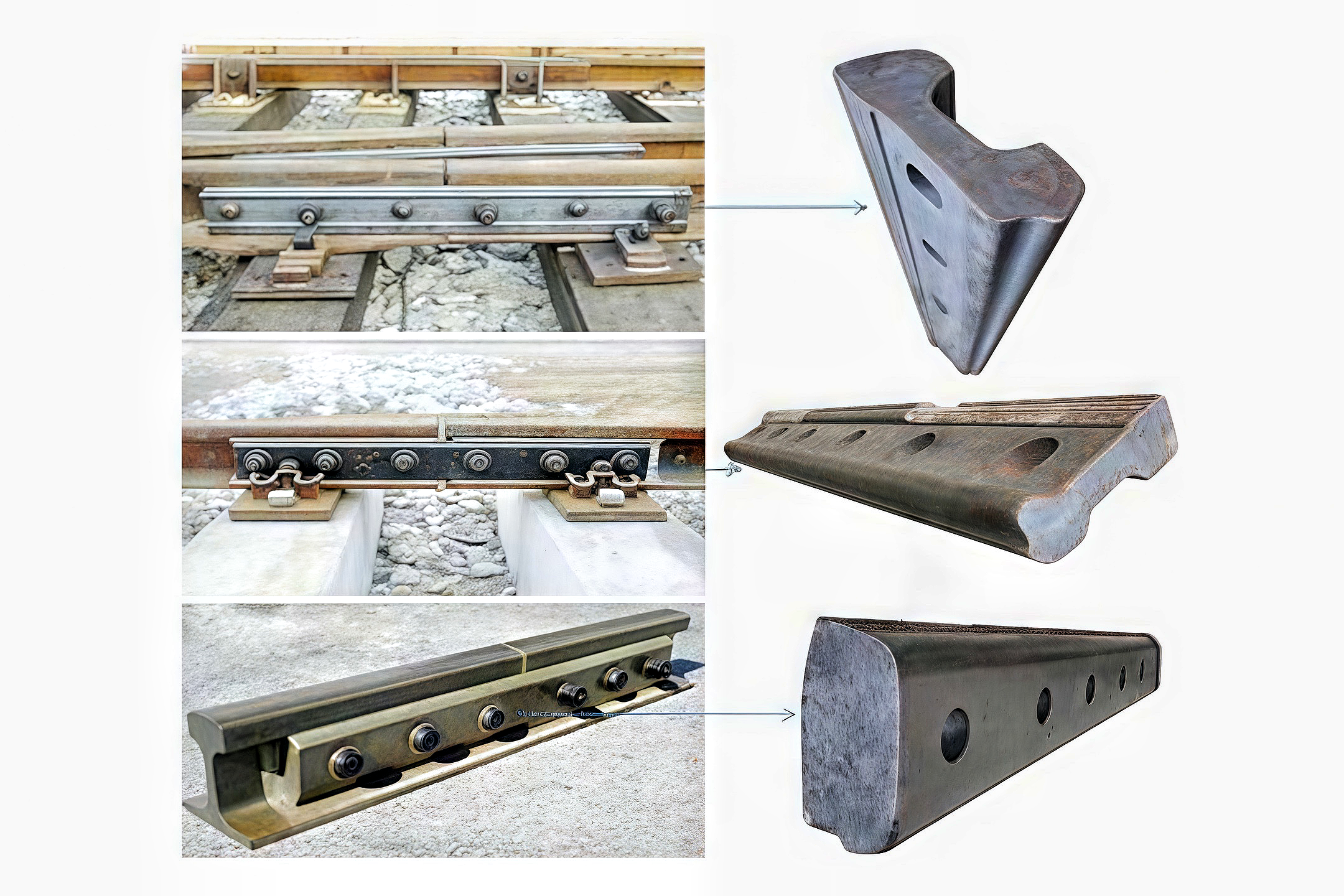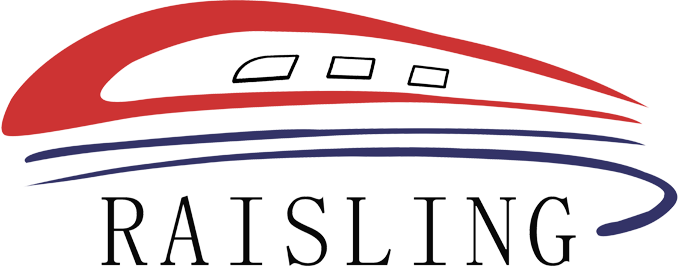Understanding the Importance of Rail Fish Plates in Track Stability
Jul 19,2025
Understanding the Importance of Rail Fish Plates in Track Stability Table of Contents 1. Introduction to Rail Fish Plates 2. What are Rail Fish Plates? 3. Functions of Rail Fish Plates in Track Stability 4. Design Considerations for Rail Fish Plates 5. Proper Installation Techniques for Rail Fish Plates 6. Maintenance Tips for Rail Fish Plates 7. Common Issues Related

Understanding the Importance of Rail Fish Plates in Track Stability
Table of Contents
- 1. Introduction to Rail Fish Plates
- 2. What are Rail Fish Plates?
- 3. Functions of Rail Fish Plates in Track Stability
- 4. Design Considerations for Rail Fish Plates
- 5. Proper Installation Techniques for Rail Fish Plates
- 6. Maintenance Tips for Rail Fish Plates
- 7. Common Issues Related to Rail Fish Plates
- 8. Conclusion
- 9. Frequently Asked Questions
1. Introduction to Rail Fish Plates
Rail fish plates are an essential component in the rail transport system, serving as a vital link between rail tracks. Their importance lies not only in connecting rails but also in maintaining the overall stability and integrity of the track structure. In this article, we will delve deep into the significance of rail fish plates, exploring their functions, design considerations, installation techniques, and maintenance practices.
2. What are Rail Fish Plates?
Rail fish plates, also known as splice plates, are flat, rectangular pieces of metal that are used to join two sections of rail track together. Typically made from high-strength steel, these plates are bolted onto the ends of the rails, ensuring a secure connection that can withstand the immense forces exerted by passing trains. Their design allows for a seamless transition between rail segments, which is crucial for ensuring smooth train operation.
2.1 Types of Rail Fish Plates
There are various types of rail fish plates designed for different rail profiles and purposes. The most common types include:
- **Standard Fish Plates**: Used for joining regular rail sections.
- **Heavy-Duty Fish Plates**: Designed for high-stress areas where heavier loads are expected.
- **Insulated Fish Plates**: Used in electrified rail systems to prevent electrical conduction between rails.
3. Functions of Rail Fish Plates in Track Stability
The primary role of rail fish plates is to maintain the alignment and stability of rail tracks. They perform several critical functions, including:
3.1 Providing Structural Integrity
Fish plates distribute the load of the train evenly across the joint, reducing stress and preventing track deformation. This distribution is key to maintaining the track's overall integrity.
3.2 Facilitating Smooth Transitions
By connecting the ends of rail tracks, fish plates create a smooth transition for trains. This minimizes vibrations and reduces wear and tear on both the track and the rolling stock.
3.3 Enhancing Safety
A well-maintained rail joint, secured by fish plates, is less likely to fail, thereby enhancing the safety of train operations. Regular inspections and maintenance of these components are crucial for preventing accidents.
4. Design Considerations for Rail Fish Plates
The design of rail fish plates must take several factors into account to ensure their effectiveness:
4.1 Material Selection
Choosing the right material is critical. High-strength steel is commonly used due to its durability and ability to withstand harsh environmental conditions and heavy loads.
4.2 Plate Thickness and Length
The thickness and length of fish plates should be determined based on the rail profile and expected load. Thicker plates tend to provide better support but can also add weight to the rail system.
4.3 Bolt Configuration
The configuration of bolts used to secure fish plates plays a significant role in their performance. Properly spaced and tightened bolts ensure that the joint remains stable under dynamic loads.
5. Proper Installation Techniques for Rail Fish Plates
The installation of rail fish plates should be conducted with precision to ensure optimal performance:
5.1 Preparing the Rail Ends
Before installing fish plates, the ends of the rail must be properly aligned and cleaned. Any debris or rust can impair the effectiveness of the connection.
5.2 Aligning the Fish Plates
Fish plates should be aligned carefully with the rail ends, ensuring that they fit snugly without any gaps. Misalignment can lead to increased wear and potential failures.
5.3 Tightening the Bolts
Bolts should be tightened to the manufacturer’s specifications, ensuring that they do not become loose over time. Regular inspection and re-tightening may be necessary, especially in high-traffic areas.
6. Maintenance Tips for Rail Fish Plates
Proper maintenance of rail fish plates is vital for prolonging their lifespan and ensuring track stability. Here are some tips:
6.1 Regular Inspections
Conducting regular inspections can help identify issues such as cracks, corrosion, or loose bolts. Early detection is essential for preventing serious problems.
6.2 Cleaning the Plates
Keeping fish plates clean from debris, rust, and other contaminants can enhance their effectiveness and longevity. A clean surface allows for better load distribution.
6.3 Replacing Damaged Plates
If a fish plate is found to be damaged beyond repair, it should be replaced immediately. Delaying replacement can result in increased risk of track failure.
7. Common Issues Related to Rail Fish Plates
Despite their importance, rail fish plates can encounter several common issues:
7.1 Corrosion
Corrosion is a significant threat to the longevity of fish plates, especially in humid or coastal environments. Protective coatings or regular maintenance can mitigate this risk.
7.2 Misalignment
Improper installation can lead to misalignment of fish plates, resulting in uneven stress distribution and potential track failure.
7.3 Bolt Fatigue
Repeated loading and unloading can cause bolts to fatigue over time. Regular monitoring and replacement are necessary to prevent bolt failure.
8. Conclusion
Rail fish plates are critical components in the rail transport system, playing a significant role in ensuring track stability and safety. Understanding their design, functions, and maintenance can help improve the overall reliability of rail networks. By prioritizing proper installation and regular inspections, we can enhance the longevity of these vital components and promote safer rail travel for all.
9. Frequently Asked Questions
9.1 What material is used in rail fish plates?
Rail fish plates are typically made from high-strength steel, chosen for its durability and resistance to wear.
9.2 How often should rail fish plates be inspected?
Rail fish plates should be inspected regularly, ideally during routine track maintenance checks, to ensure their integrity.
9.3 What are the signs of a failing fish plate?
Signs of a failing fish plate include visible cracks, excessive corrosion, misalignment, or loose bolts.
9.4 Can fish plates be reused?
Fish plates can be reused if they are still in good condition and meet safety standards. However, damaged plates should always be replaced.
9.5 How do fish plates affect train performance?
Properly installed fish plates contribute to smooth transitions between rail segments, reducing vibrations and wear on both the track and trains, thereby enhancing overall performance.
Previous:
Recommended
Asia Pacific Rail 2025 Concludes in Bangkok, Showcasing Rail Industry's Future
Bangkok, May 29 - The Asia Pacific Rail 2025, a leading event in the railway and rail transit industry, successfully concluded on May 29 in Bangkok, Thailand.
Contact Us


